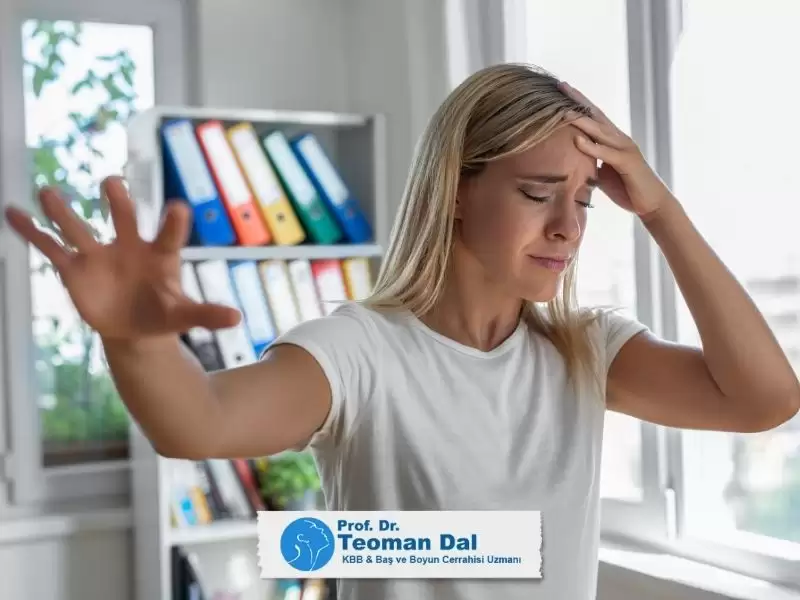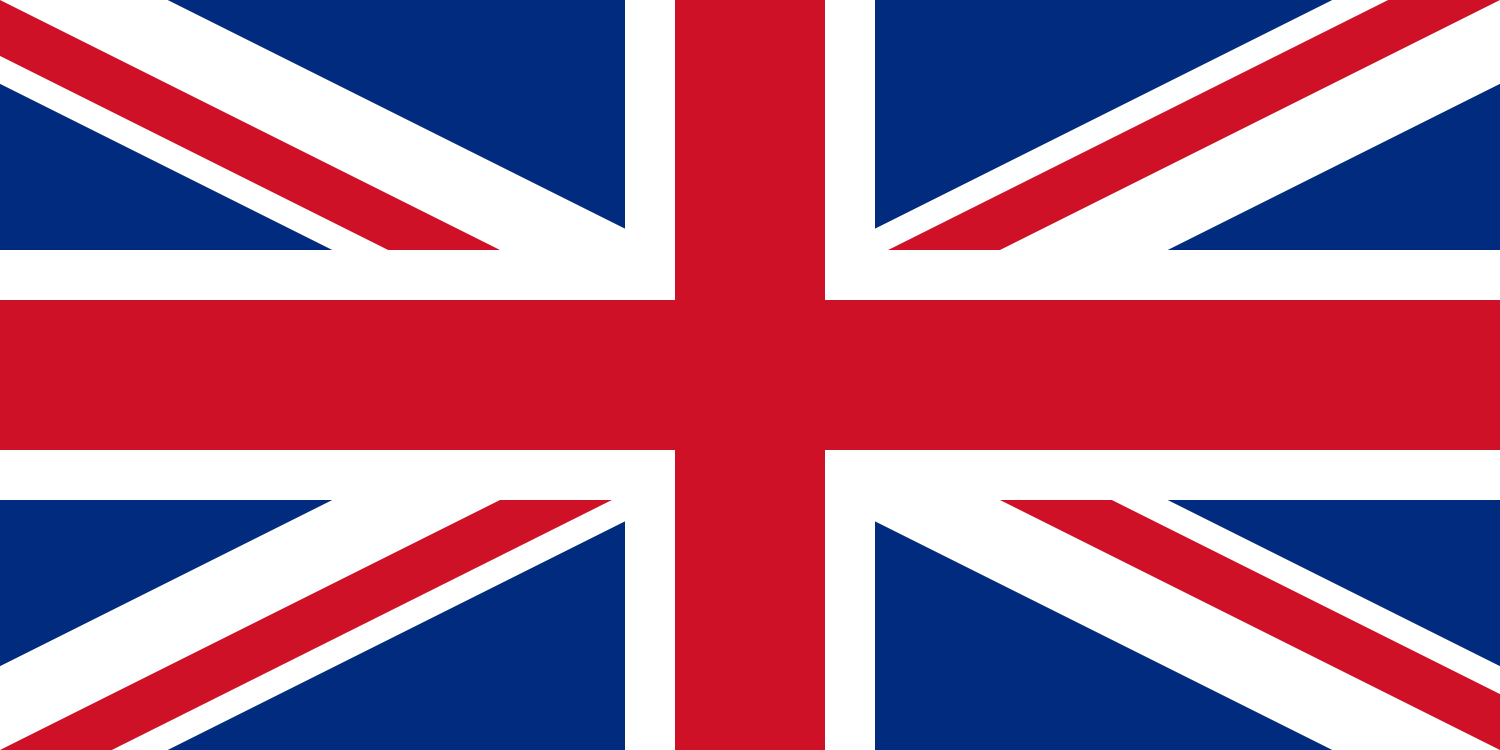İçindekiler
- İşitmenin Konuşma Gelişimine Etkisi
- İşitme Nasıl Gerçekleşir?
- Desibel (dB) ve Konuşma Üzerine Etkileri
- İşitme Kaybının Çocuk Gelişimine Etkileri
- Normal Konuşma Gelişim Basamakları
- İşitme Kaybının Dereceleri
- Erken Tanı Neden Önemlidir?
- Risk Faktörleri
- Klinik Değerlendirme
- Tanı Yöntemleri
- Subjektif Testler
- Objektif Testler
- Yenidoğan İşitme Taraması Protokolü
- Sağlıklı Bebeklerde
- Yoğun Bakım Bebeklerinde
İşitmenin Konuşma Gelişimine Etkisi
Bebekler dili ve konuşmayı çevrelerinden duydukları sesleri taklit ederek öğrenir. Bu nedenle normal konuşma gelişimi için sağlıklı işitme şarttır. İşitme kayıpları, konuşma ve dil gelişimini olumsuz etkiler; kayıp ne kadar şiddetliyse, konuşmanın gecikmesi ve anlaşılırlığındaki bozulma da o kadar belirgin olur. Özellikle yaşamın ilk yılı, bu gelişim açısından kritik öneme sahiptir.
İşitme Nasıl Gerçekleşir?
Ses enerjisi, kulak kepçesiyle toplanır ve dış kulak yolundan kulak zarına iletilir. Zarın titreşimi orta kulak kemikçikleri aracılığıyla iç kulağa aktarılır. Burada mekanik enerji, sinir hücrelerinde elektrik enerjisine çevrilerek beyne iletilir. Dış veya orta kulak kaynaklı kayıplarda sesin iletimi zayıflarken, iç kulakta sorun varsa ses algılanması güçleşir ve daha yüksek şiddette ses gerekir.
Desibel (dB) ve Konuşma Üzerine Etkileri
İşitme kayıpları desibel cinsinden ölçülür. Özellikle “s, z, p, t” gibi düşük enerjili sessiz harfler hafif kayıplarda bile duyulamayabilir. Bu da konuşmanın bozulmasına neden olur. Örnek olarak:
- 30 dB kayıpta konuşma %8 etkilenir
- 45 dB’de %30
- 65 dB’de %60
- 85 dB’de %90 konuşma anlaşılırlığı bozulur
İşitme Kaybının Çocuk Gelişimine Etkileri
İşitme kaybı olan çocuklarda dil gelişimi ve konuşma geriliği, akademik başarısızlık, sosyal izolasyon ve davranışsal sorunlar görülebilir. Bu nedenle erken tanı ve tedavi kritik önemdedir.

Normal Konuşma Gelişim Basamakları
- 6. hafta: Bebek insan sesine farklı tepki vermeye başlar
- 6. ay: Sesleri hafızaya kaydeder
- 1 yaş: Kelimeleri ve basit cümleleri anlamaya başlar
- 1 yaş sonrası: Kelime haznesi gelişir, konuşma başlar
Bu süreçte işitsel uyaranlar, beynin işitme merkezleri arasında kalıcı sinir bağlantılarının kurulmasını sağlar. Uyarı eksikliği kalıcı dil ve nörolojik gelişim bozukluklarına neden olabilir.
İşitme Kaybının Dereceleri
- 15–30 dB (Çok Hafif): Hafif dil ve konuşma gecikmesi olabilir
- 30–50 dB (Hafif): Konuşma bozulur, cihaz desteği gerekebilir
- 50–70 dB (Orta): Konuşma gelişemez, cihaz ve özel eğitim şarttır
- 70 dB üzeri (İleri/Çok İleri): Ciddi lisan sorunu, ritim algılamada zorluk, özel eğitim zorunludur.
Erken Tanı Neden Önemlidir?
İşitme kayıpları yenidoğanlarda her 1000 bebekte 1–3 oranında görülür. İlk 3 ayda tanı, en geç 6 ayda müdahale edilmelidir. Geciken tanı, telafisi zor gelişim kayıplarına neden olabilir.
Risk Faktörleri
- Ailede işitme kaybı öyküsü
- Gebelikte geçirilen enfeksiyonlar (kızamıkçık, CMV vb.)
- Düşük doğum ağırlığı
- Yenidoğan sarılığı (kan değişimi gerektiren)
- Menenjit geçirme
- Solunum cihazına bağlanma (>5 gün)
- Ototoksik ilaç kullanımı
- Sendromal durumlar (örn. Usher, Pendred)
Klinik Değerlendirme
- 0–6 ay arası: Moro refleksi, sese göz kırpma, tepki
- 6–12 ay arası: Sesin yönünü takip, adıyla tepki
- 12 ay sonrası: Sözlü komutlara cevap, konuşma gelişimi

Tanı Yöntemleri
Subjektif Testler
- Oyun odyometrisi (3,5 yaş sonrası)
- Saf ses odyometrisi (5 yaş sonrası)
Objektif Testler
- Timpanometri
- Akustik refleksler
- BERA (Beyin sapı odyometrisi)
- OAE (Oto Akustik Emisyon)
Yenidoğan İşitme Taraması Protokolü
Sağlıklı Bebeklerde
- 24–48 saat: Otoakustik emisyon testi (OAE)
- Olumsuzsa 1. ve 2. ayda test tekrarı
- 2. ayda da olumsuzsa: BERA + Timpanogram + TEOAE
Yoğun Bakım Bebeklerinde
- Taburcu öncesi ABR testi
- Olumsuzsa 1. ayda tanısal ABR
- Gerekirse 3. ayda ileri değerlendirme
Çocuklarda işitme kaybı, erken tanı ve uygun müdahale ile yönetildiğinde konuşma ve dil gelişimi desteklenebilir. Bu nedenle tarama testleri, risk faktörlerinin takibi ve aile farkındalığı son derece önemlidir.





